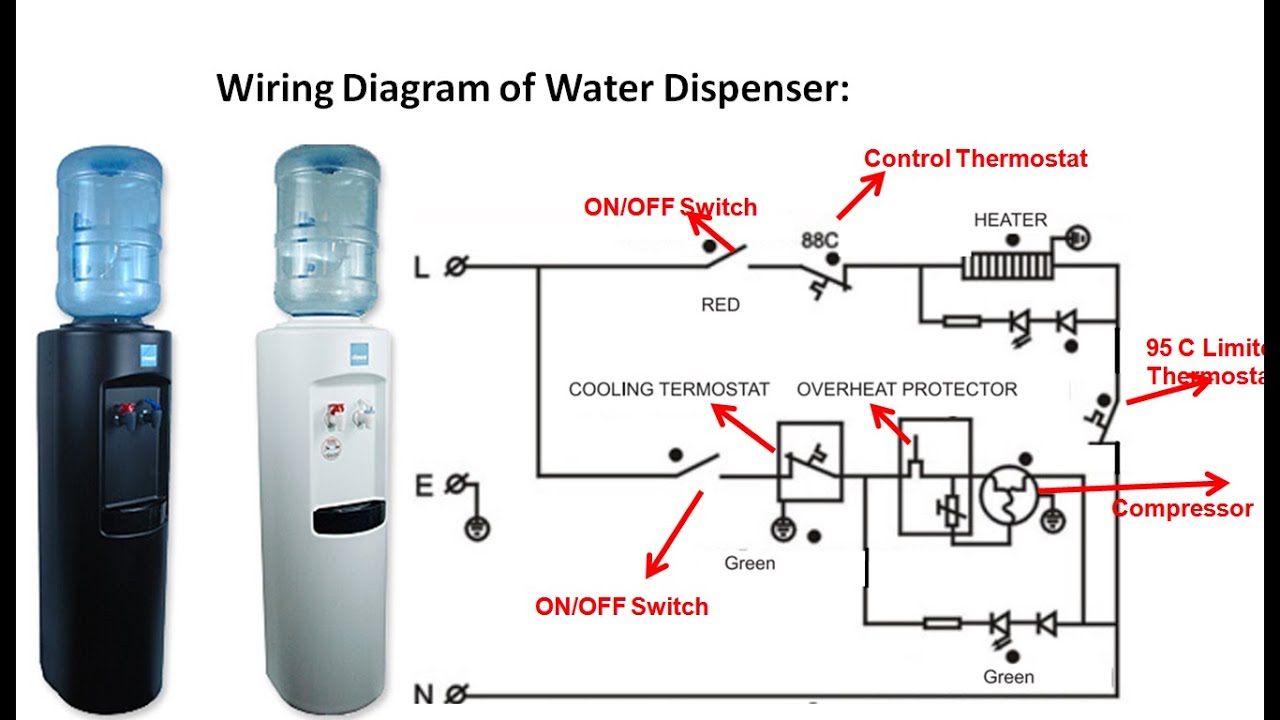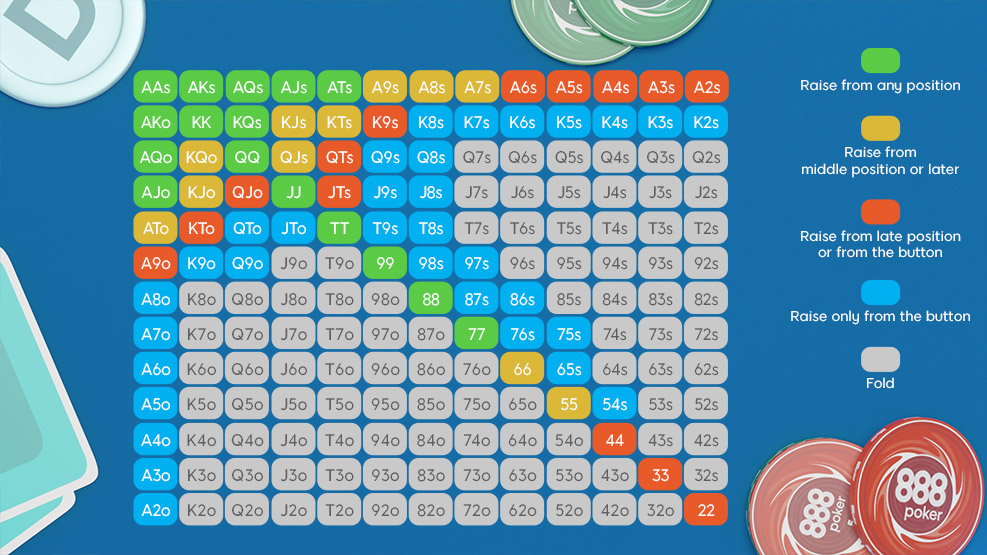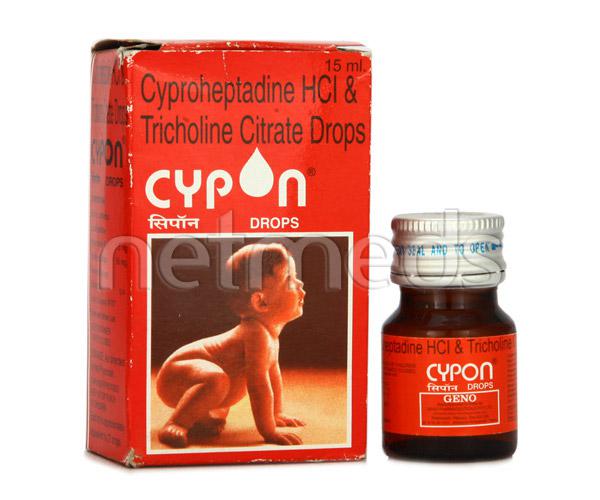Water dispensers are a great way to have access to cold, hot, and room temperature water on-the-go. If you’re curious about how these machines work, you’ve come to the right place. In this comprehensive guide, we’ll discuss how water dispensers work, the different types available, and the benefits of using one.
What is a Water Dispenser?
A water dispenser is a machine that dispenses hot, cold, and room temperature water. It is usually connected to a water line, which provides a steady stream of water to the dispenser. The dispenser then filters and cools the water, allowing users to access it instantly. The most common type of water dispenser is the countertop model, which is usually placed on the counter in a kitchen or office.
How Does a Water Dispenser Work?
A water dispenser works by taking in water from the water line and filtering it through a carbon filter. This removes any taste or odor from the water, ensuring that it is clean and pure. The water is then cooled or heated, depending on the type of water dispenser. After the water is filtered and cooled, it is ready to be dispensed. Most water dispensers have a spigot or faucet on the side, which allows users to access the water.
Types of Water Dispensers
There are several types of water dispensers available, including countertop, freestanding, and bottled water models. Countertop water dispensers are the most common type and are usually placed on a counter in a kitchen or office. Freestanding water dispensers are larger models that are typically placed in a corner or against a wall. Bottled water dispensers are models that use a large plastic bottle as the water source.
Conclusion
There are many benefits to using a water dispenser, including convenience, cost savings, and environmental friendliness. Water dispensers are convenient because they provide instant access to cold, hot, and room temperature water. They also save money in the long run because users don’t need to buy bottled water or other beverages. Finally, water dispensers are more environmentally friendly than buying bottled water, since they don’t require the use of plastic bottles.



